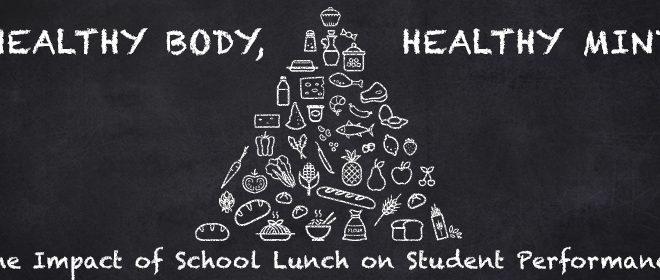Teaching Students About Parts of the Human Body

Teaching students about the human body parts is an essential aspect of biology education. Every student should have a basic understanding of the human body and its functions. The human body is a complex piece of machinery, and it takes years of study and research to understand everything about it. However, by providing students with an overview of the human body, teachers can help them appreciate this remarkable creation of nature.
The human body has multiple organs, each with its unique function. These organs range from the brain, which controls bodily functions, to the lungs, which help in respiration. The heart, stomach, liver, kidneys, and spleen, each has a specific function that helps in keeping the body running smoothly. The bones, muscles, and skin also play a significant role in the human body.
A good way to introduce students to the different parts of the human body is to use models and diagrams. Students can learn the basics of the human body through these visual aids. Teachers can also use interactive apps and games that simulate the functions of different body parts.
It’s important for students to have a working knowledge of the various systems of the human body, such as the circulatory, respiratory, digestive, and nervous systems. Teachers can explain how these systems work together to keep the body functioning correctly and prevent diseases.
Furthermore, teachers can encourage students to take good care of their bodies. This includes eating a balanced diet, exercising regularly, getting enough sleep, staying hydrated, and avoiding risky behaviors such as smoking, drug use, and excessive alcohol consumption.
When teaching about the human body parts, it’s important to use a sensitive and respectful approach. Some students may have emotional connections to some body parts, and it’s essential to avoid any unnecessary discomfort. Teachers should also address any concerns that students may have about the human body and its functions.
Teaching students about the human body parts is vital, not just for their biology education, but for their overall health and well-being. When students have a good understanding of their body’s functions, they can make informed decisions about their health and lifestyle choices. By providing students with accurate and accessible information, educators can set them on the path towards a lifetime of good health.






